LED Aquarium Lights Gradient Luminous Background Board with Acrylic Colorful LED Color
| Material | Ceramics/Acrylic+LED |
| Volume | 2L |
| Item Type | CO2 & Ozone Equipments |
| Feature | Eco-Friendly, Stocked |
| Size | custom |
| Light source | LED |
| Light Color | RGB Colors RGBW STATIC WHITE |
| Printing | Custom Logo |
| Product name | Aquarium led lighting |
|
Panel Thickness
|
Customized Thickness |
| Material | Ceramics/Acrylic+LED |
| Volume | 2L |
| Item Type | CO2 & Ozone Equipments |
| Feature | Eco-Friendly, Stocked |
| Size | custom |
| Light source | LED |
| Light Color | RGB Colors RGBW STATIC WHITE |
| Printing | Custom Logo |
| Product name | Aquarium led lighting |
|
Panel Thickness
|
Customized Thickness |
Acrylic gradient luminous background board for aquarium
1.Material innovation
1.Adopting high-transmittance acrylic material, it is lightweight (easy to install) and impact-resistant (better than glass), and the transmittance can reach more than 92%, ensuring that the LED light is evenly diffused to avoid light spots.
2.Optical design
1.Gradual effect: blue and white gradient is achieved through silk screen printing or coating process, simulating the light changes in natural waters (such as the transition from the water surface to the deep water area), and enhancing the depth of field of the fish tank.
2.Emitting uniformity: Built-in light guide plate or diffusion film design, which can eliminate dark areas when paired with side-mounted LED light sources, suitable as auxiliary backlight for aquarium lights.
2.LED integration solution
1.Can customize single-color/multi-color LED modules (such as RGB), support static light or dynamic mode (such as sunrise and sunset gradient), and form a synergistic effect with your aquarium light product line.
3. Technical parameter recommendations(Adaptability data)
1.Thickness range: 3-8mm (need to be selected according to the size of the fish tank, large tanks need to be thickened to prevent deformation).
2.Luminous surface brightness: It is recommended to match the color temperature of the main light (such as 6500K pure white + 450nm blue light to highlight the coral fluorescence).
3.Waterproof level: IP68 (even if it is not a fully submersible design, it needs to be moisture-proof to cope with splashing water in the fish tank).
4.Energy efficiency performance:Low power consumption LED (about 5-10W/m²), can be linked to the existing aquarium light control system to reduce overall energy consumption.
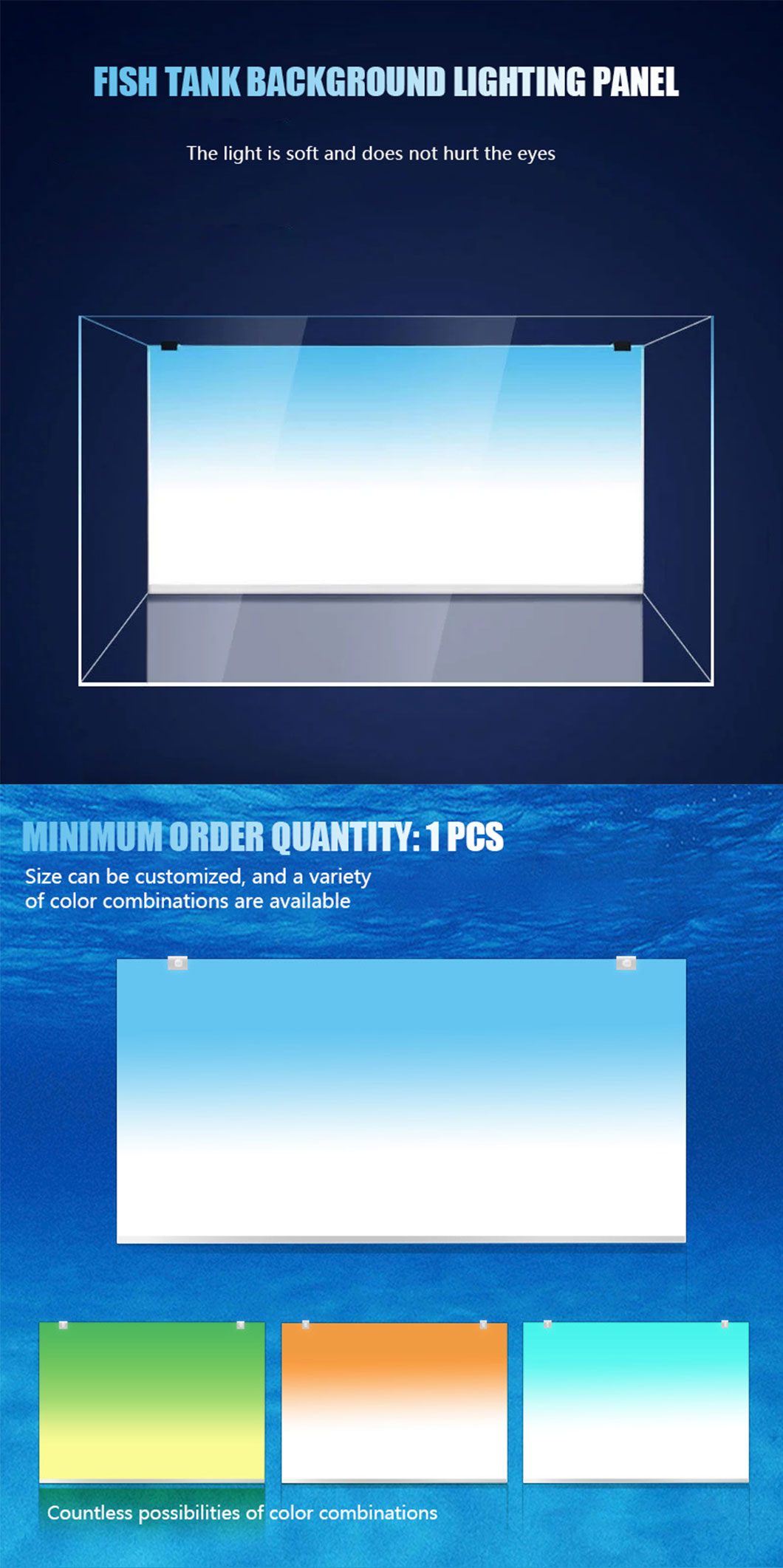
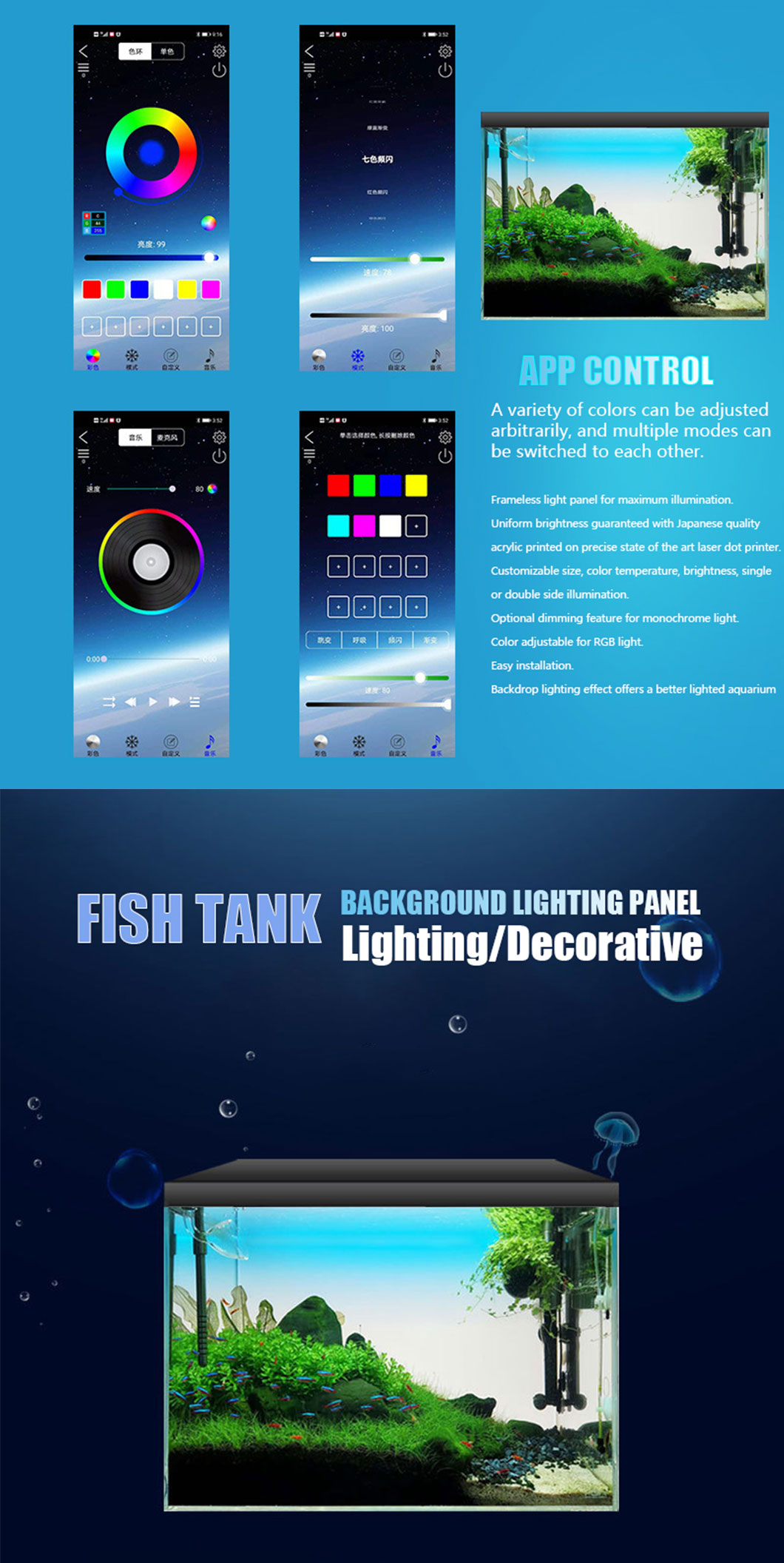
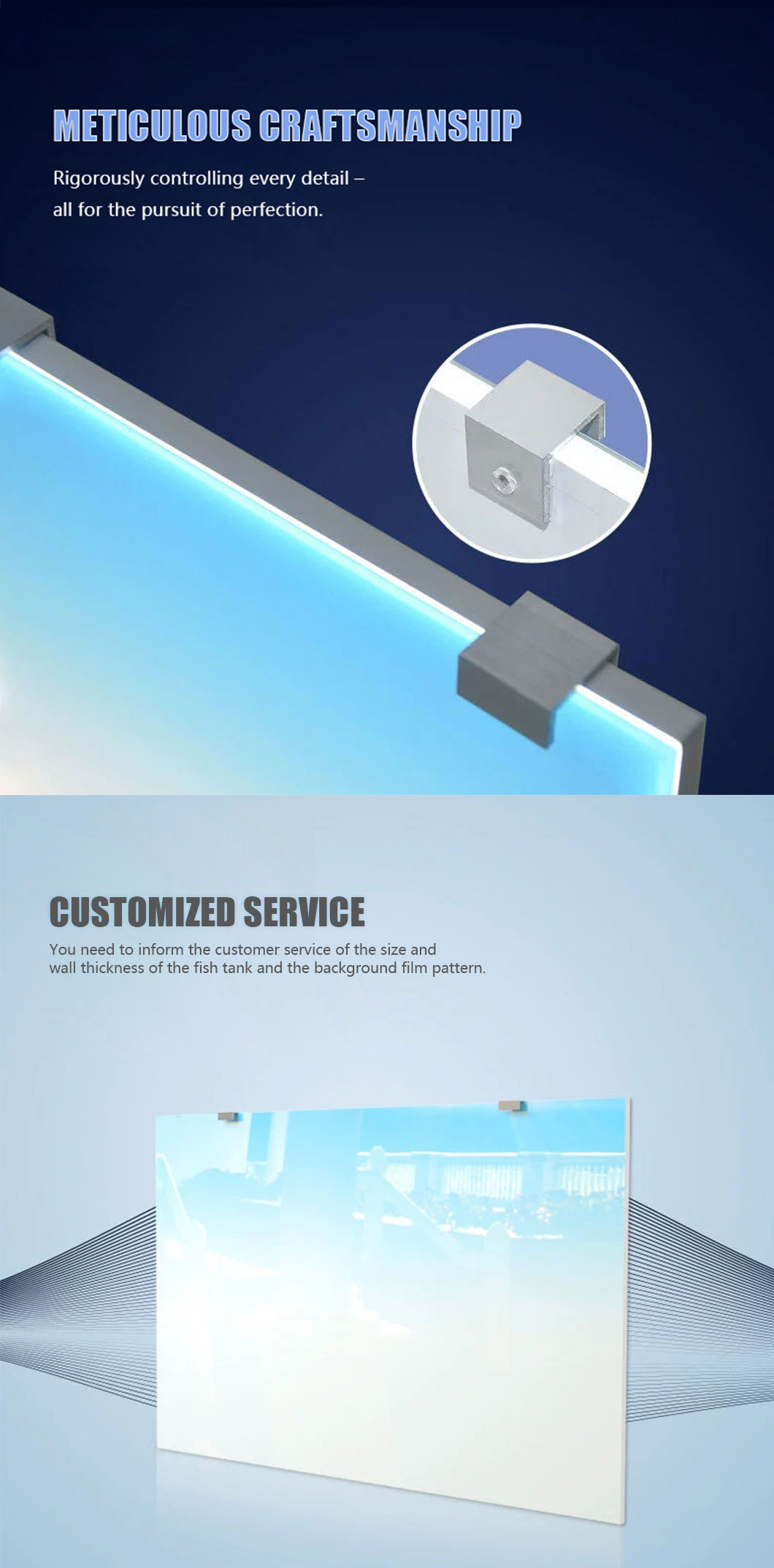
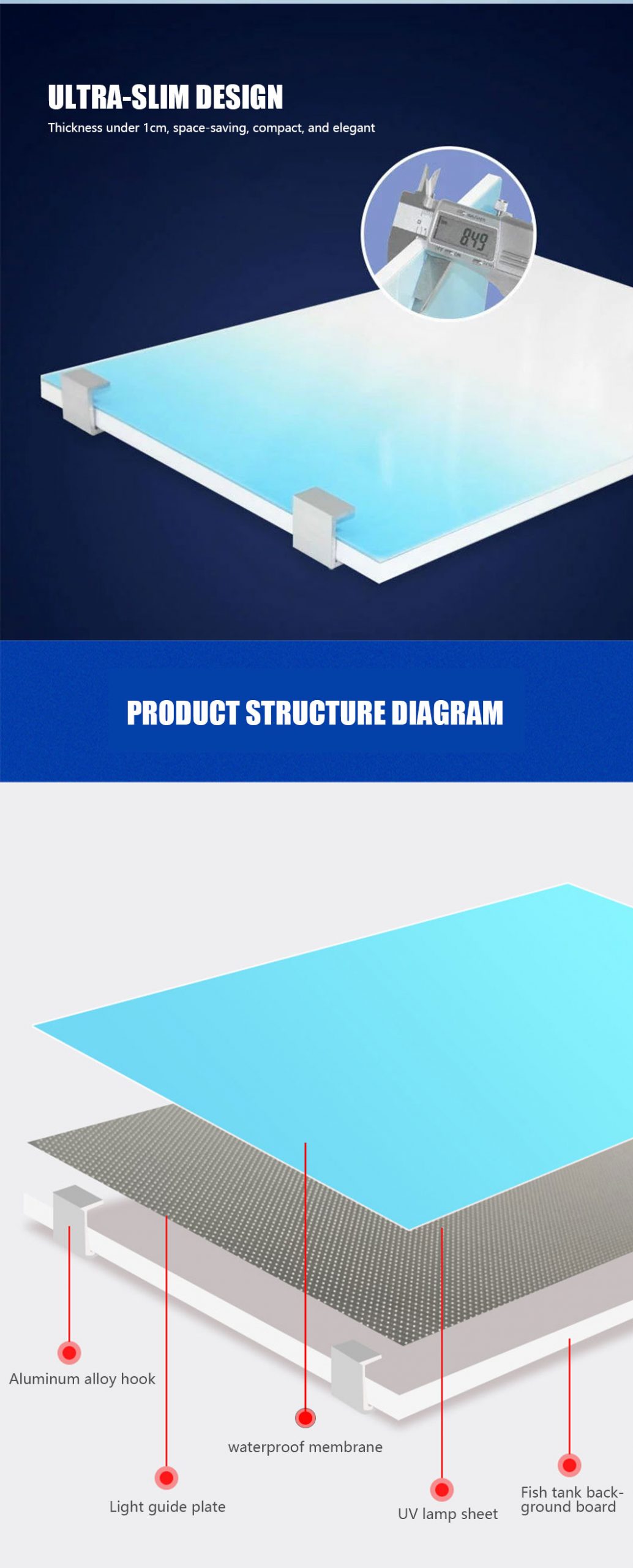
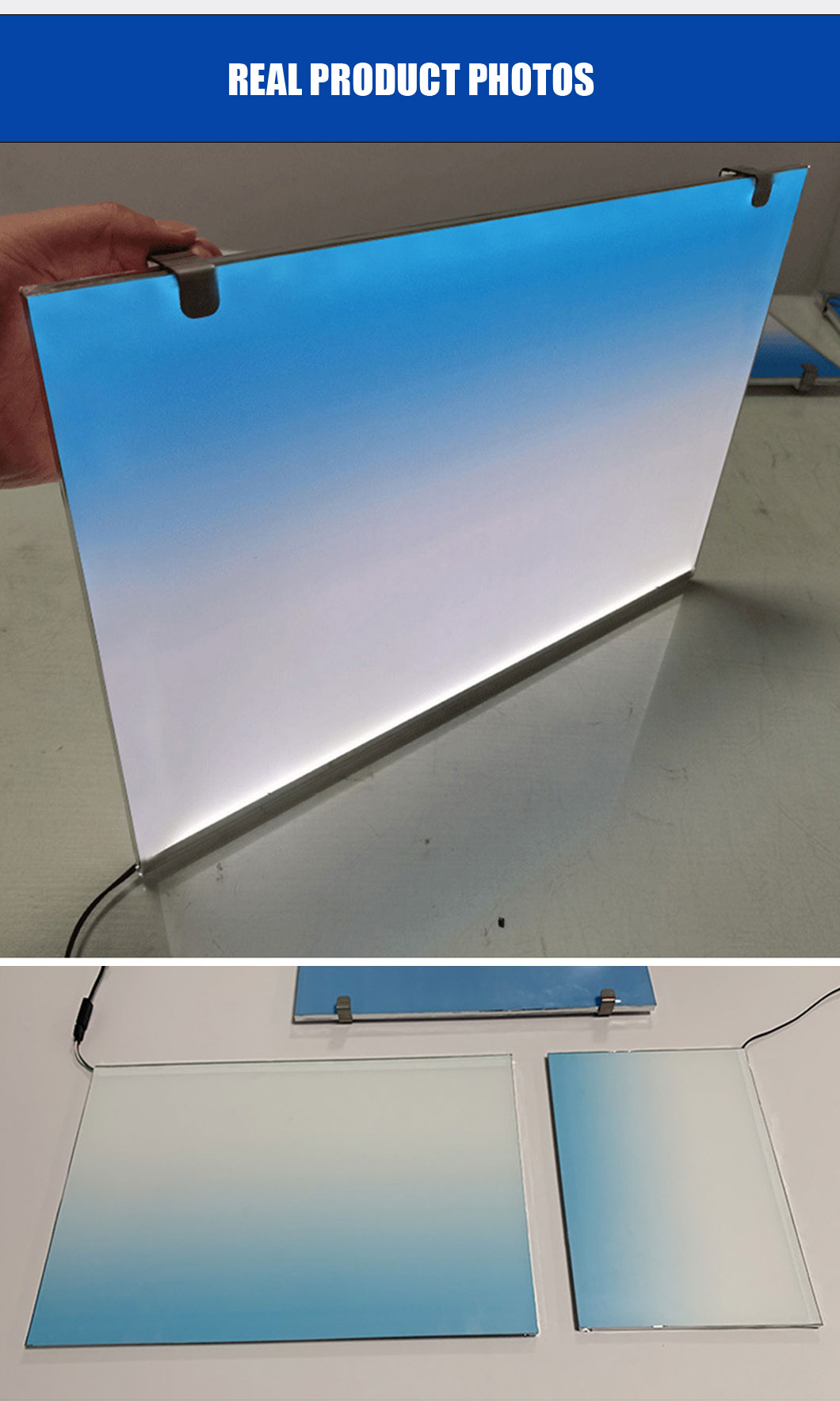
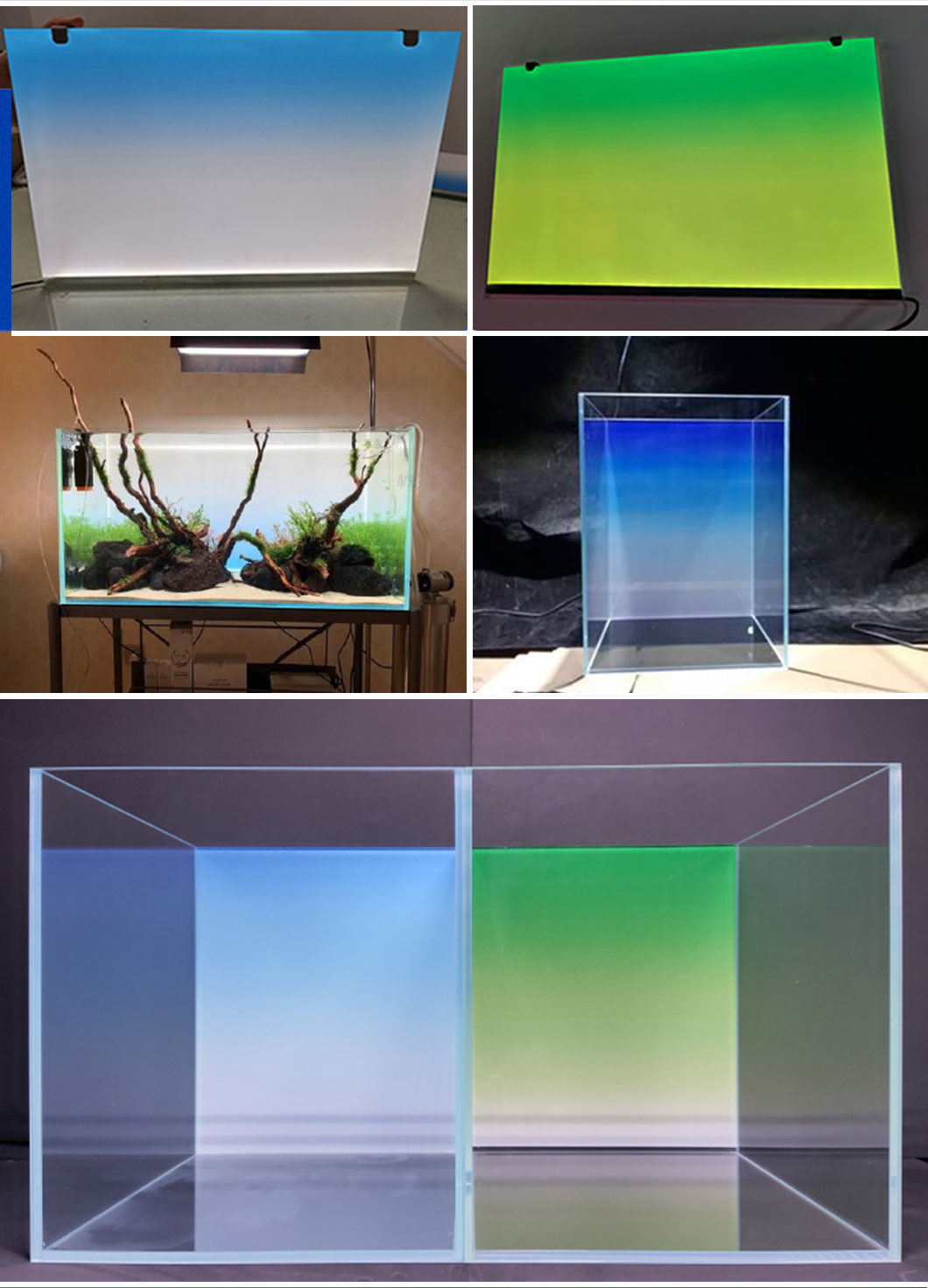
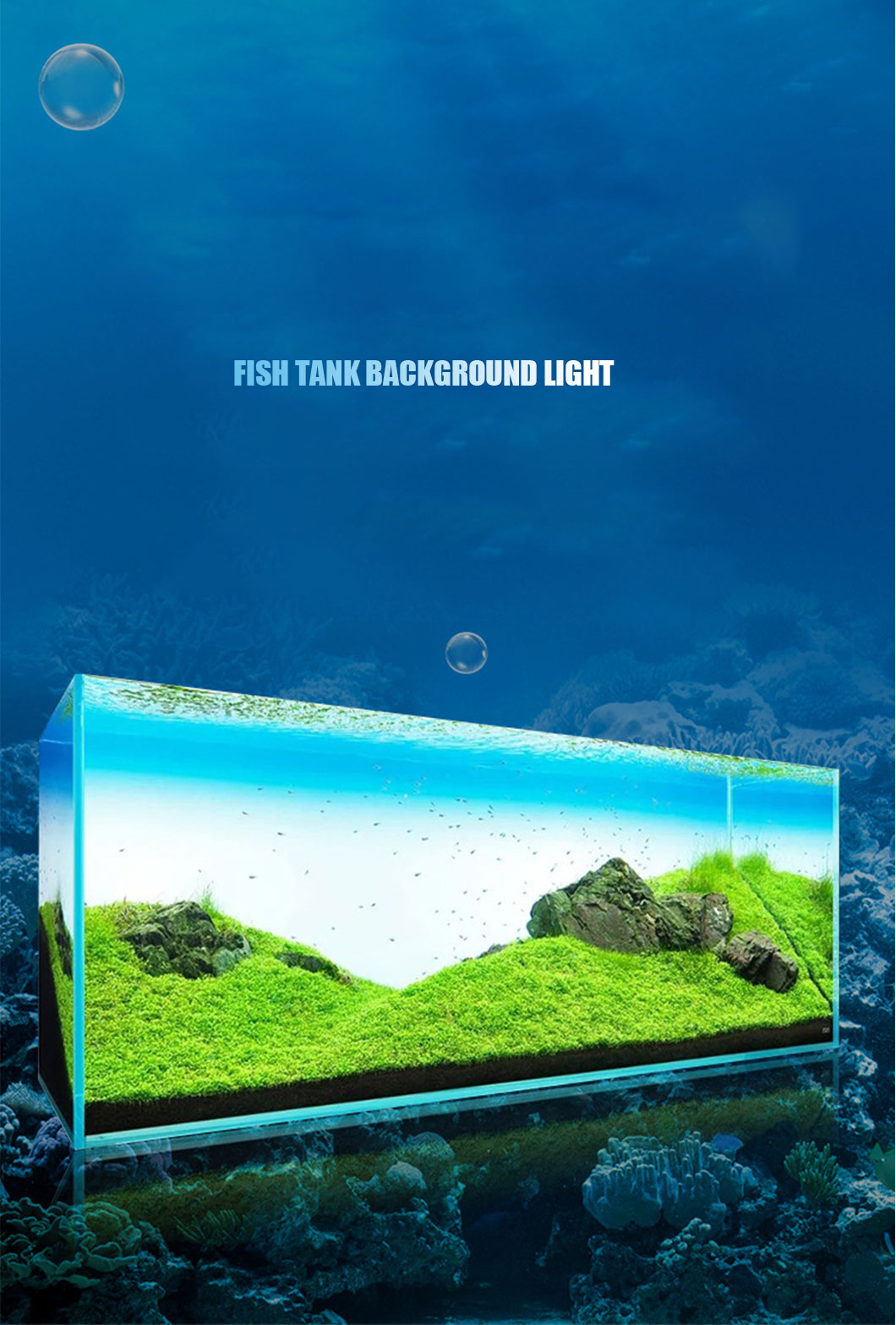
We have over 15 years of commercial lighting R&D experience, 50+ LED lights patents, 200+ LED Lights Certifications, Support OEM & ODM, 3/5 Years Warranty. Which can be widely used in commercial, industrial, residential, and other different occasions.Our factory has an experienced and skilled R&D team, dedicated to constantly innovate, improve product performance and quality. We also have a complete production line, from design, manufacturing to testing, every link goes through strict quality control, to ensure that each product can meet the needs and expectations of customers. We also provide comprehensive after-sales service, providing technical support and maintenance services to make customers' experience more smooth and satisfactory.BBIER® adheres to the principle of "quality first, customer first", and is committed to providing customers with high-quality products and services, becoming a trusted partner of customers. We will continue to innovate and improve, bring more value and contribution to customers.
50+ LED Lights Patents
200+ LED Lights Certifications
Support OEM & ODM
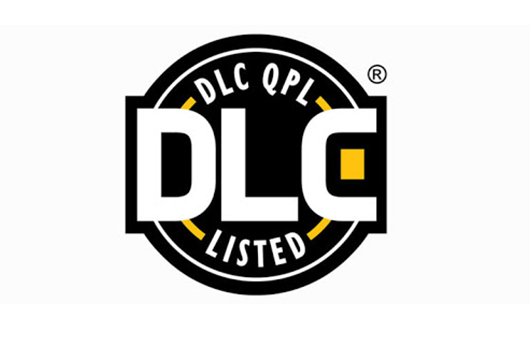
DLC
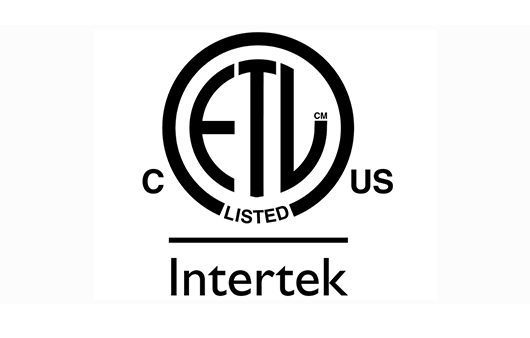
ETL

ISO
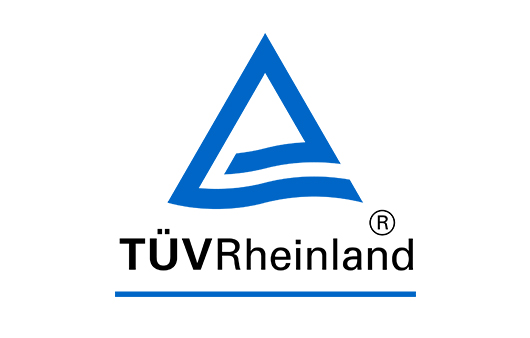
TUV
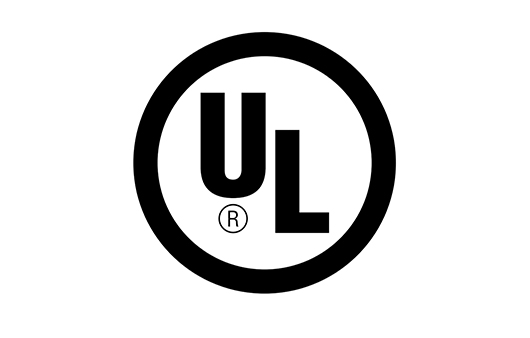
UL
Tel:
Email: info@bbier.com
Headquarter: No.4/F Bldg 5, 37 Kengwei Ave., Shiyan Town, Bao'an Dist., Shenzhen 518108, China
USA California Warehouse: 42410 Winchester Rd., Temecula, CA 92590





